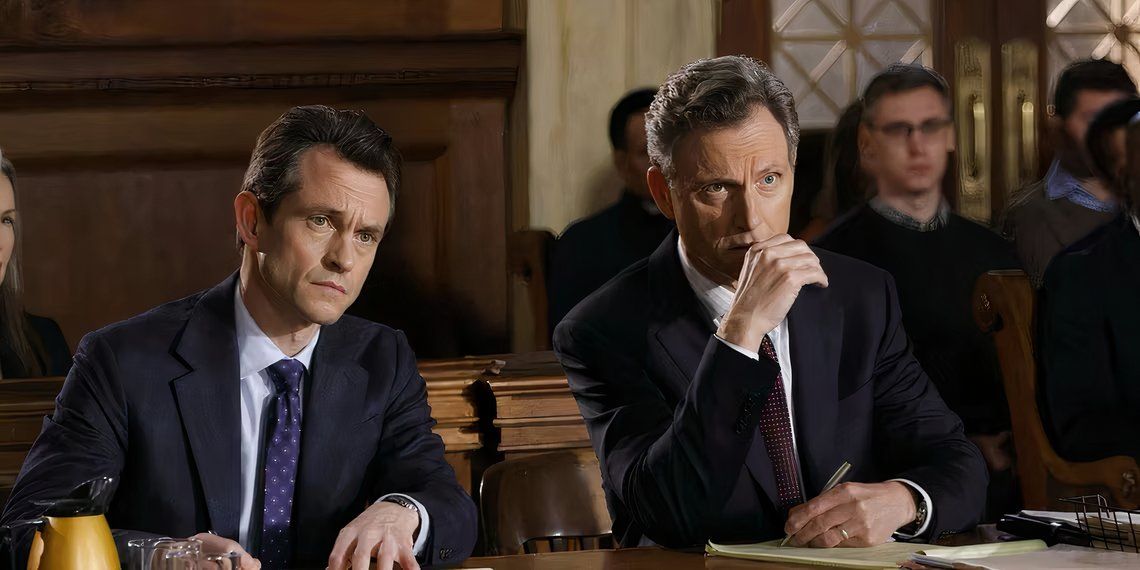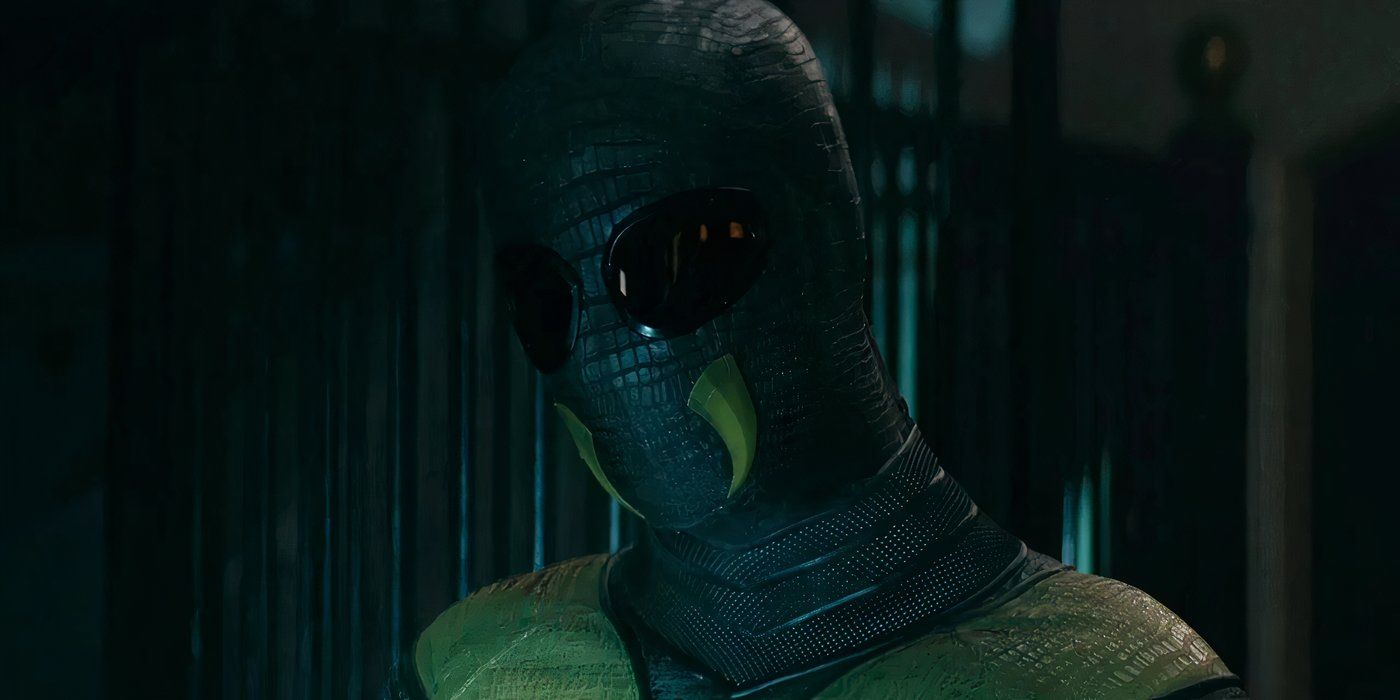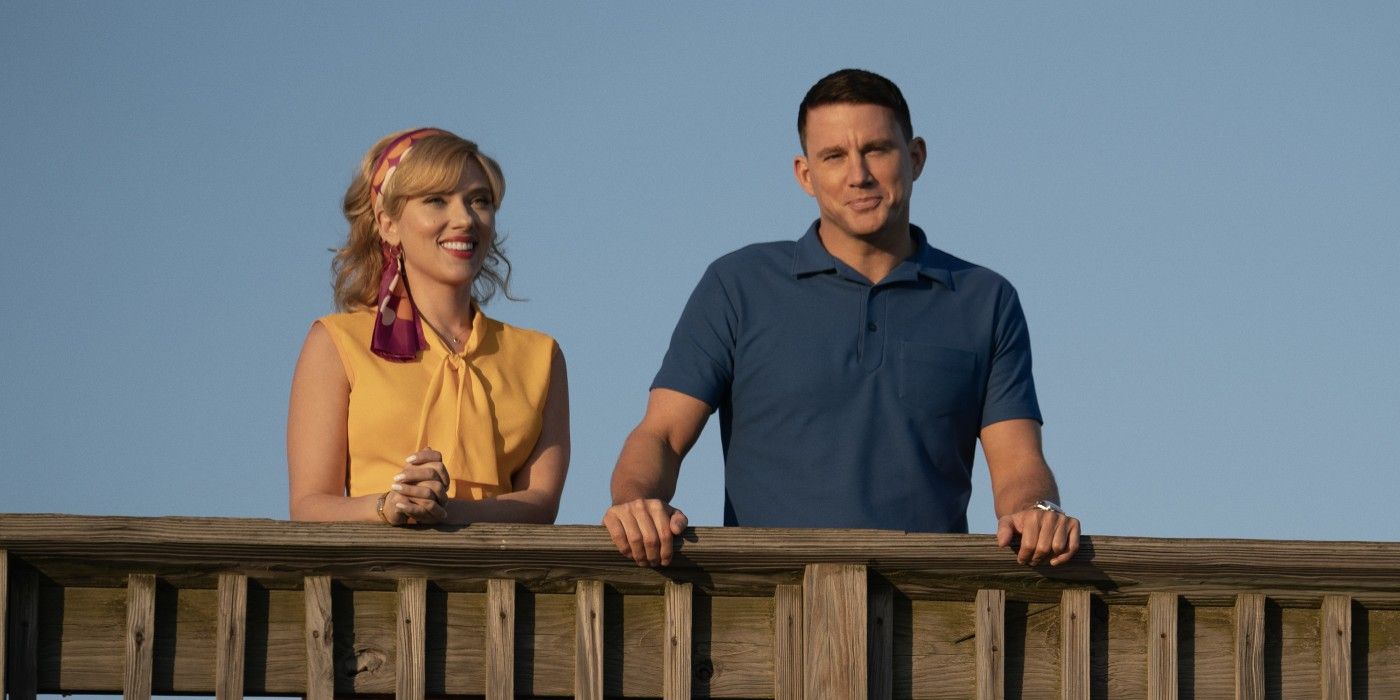With so many space stories out there, it’s no surprise that experts have found that many science-fiction movies get real-life astronauts and the science of space wrong. Although space movies like 2001: A Space Odyssey are often praised for their stunning visuals, providing extremely accurate representations of space is not always prioritized. This may be frustrating for those who know better, but it’s often done so that movies can focus on visuals or plot points instead.
That said, sometimes realism can help validate a film franchise’s internal science. Keeping ideas rooted in reality — whether it’s Newton’s laws of motion or quantum mechanics — can add authenticity to a space movie. In turn, this can end up helping the plot. So, when real-life details are way off the mark, it can prove jarring for audiences. That’s why experts have pointed out the scientific flaws in these space movies.
10 Star Wars: The Last Jedi (2017)
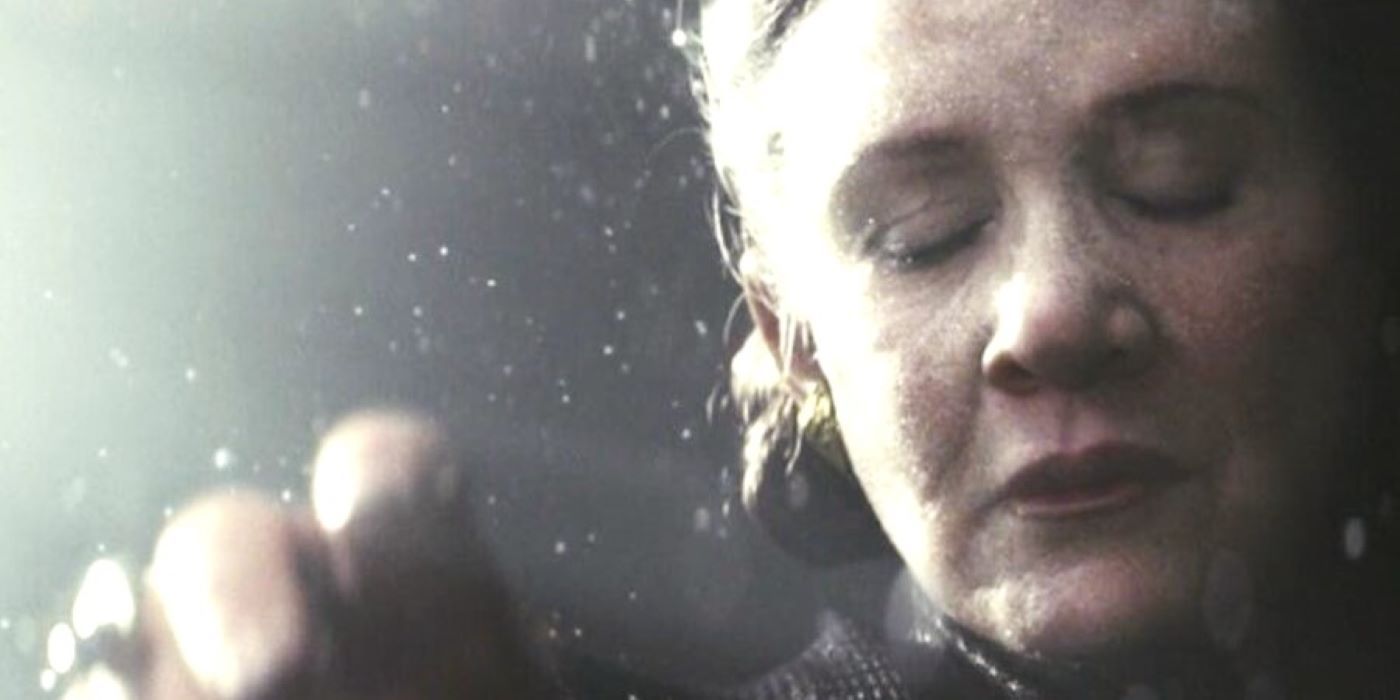
In a BuzzFeed video, astrophysicists Jason Rhodes and Alina Kiessling reviewed a scene from The Last Jedi during which an explosion occurs aboard a ship, sucking Princess Leia out of the hole the blast creates. The pair credited the film for successfully mimicking what would happen during an explosion like this — the exposure to space would pull back anyone and anything — but they noted that more people should have been sucked into the vacuum later on, when a door was opened nearby. Additionally, the experts confirmed that the frost forming on Leia’s face was plausible but that her eyes functioning normally was unrealistic.
9 Guardians Of The Galaxy (2014)
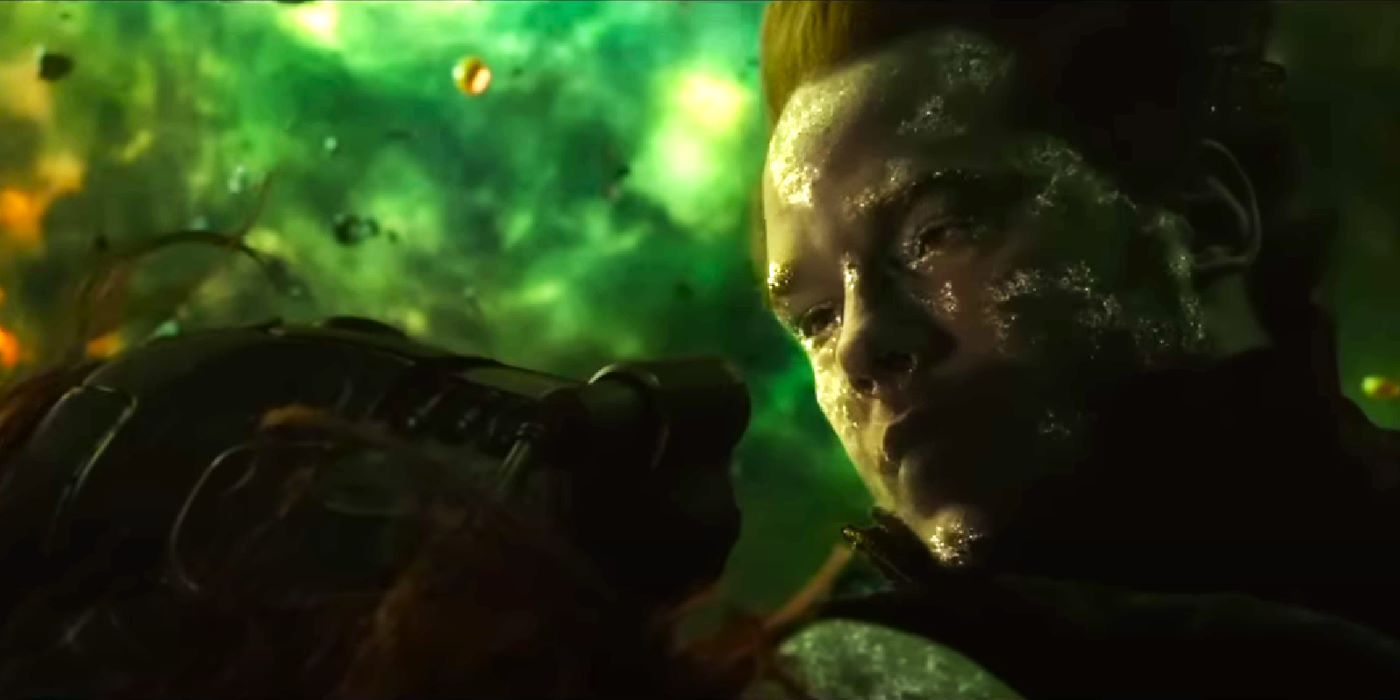
Rhodes and Kiessling also reviewed a scene from Guardians of the Galaxy, during which Peter Quill exits a spacecraft in order to save Gamora, who is floating in space. Peter removes his helmet and exposes his face, which Kiessling noted wasn’t accurate. “His eyes are still working; they would have frozen instantly,” Kiessling said. Additionally, once Peter and Gamora are back in a pressurized space, they’re immediately fine with no real side effects of their exposure to space. This could be attributed to Gamora’s inhuman qualities and Peter’s godly parentage, but the science behind this scene is inaccurate from a real-life standpoint.
To add to this, astronaut Chris Hadfield shared in a 2023 Vanity Fair video discussing the second sequel that “beyond about a minute and a half there’s going to be stuff that happens to you that does permanent, irreversible, and deathly damage [when outside a spaceship without a space suit].” He explained that because one would expel oxygen, they would essentially have blood with no oxygen. Once that blood reached the brain, they’d become unconscious.
8 Wall-E (2008)
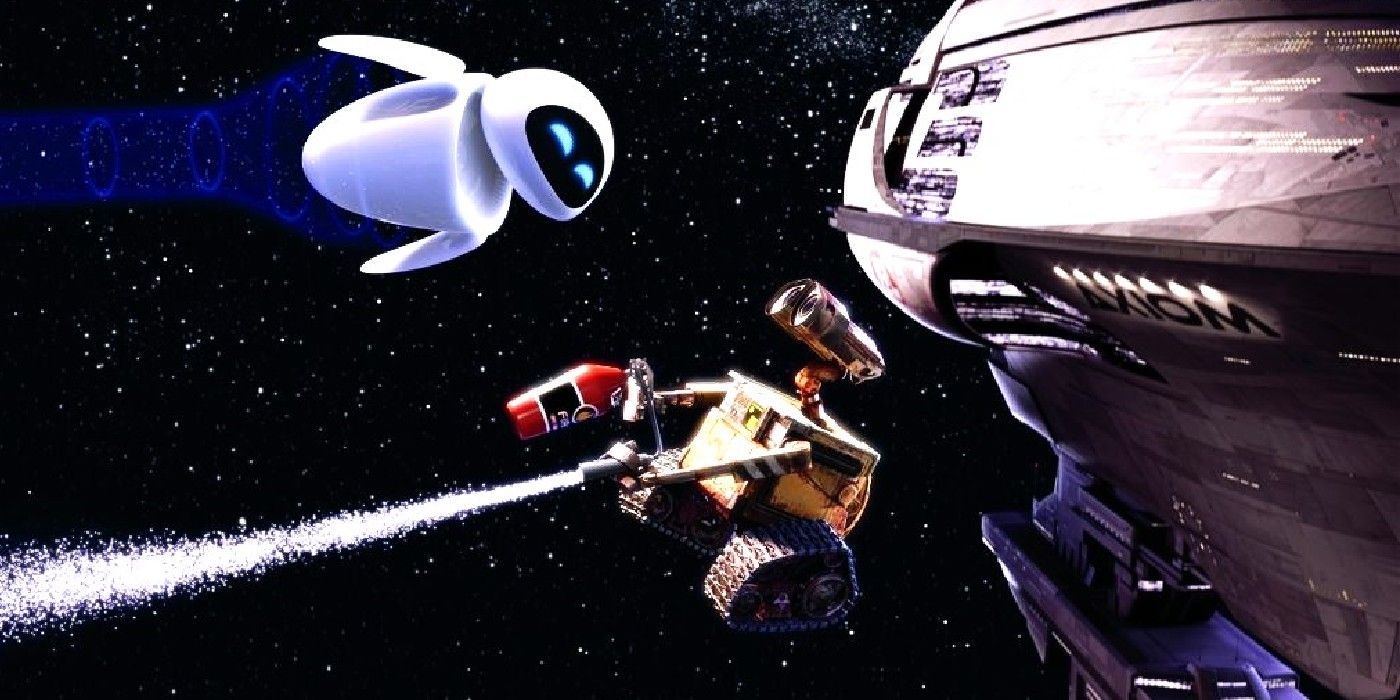
While Wall-E is a beloved and acclaimed movie from Disney and Pixar, it’s not necessarily revered for its scientific accuracy. Discussing a scene where Wall-E and EVE are floating around in space, Kiessling explained, “There’s no atmosphere to carry the sound in space,” even though audiences can hear Wall-E and EVE speaking to each other and making noises. Additionally, Rhodes noted that while Wall-E pushing himself with a fire extinguisher is plausible, the precise direction and steering he exhibits while doing it is incorrect. According to Kiessling, “That level of control would not be possible.”
7 Total Recall (2012)
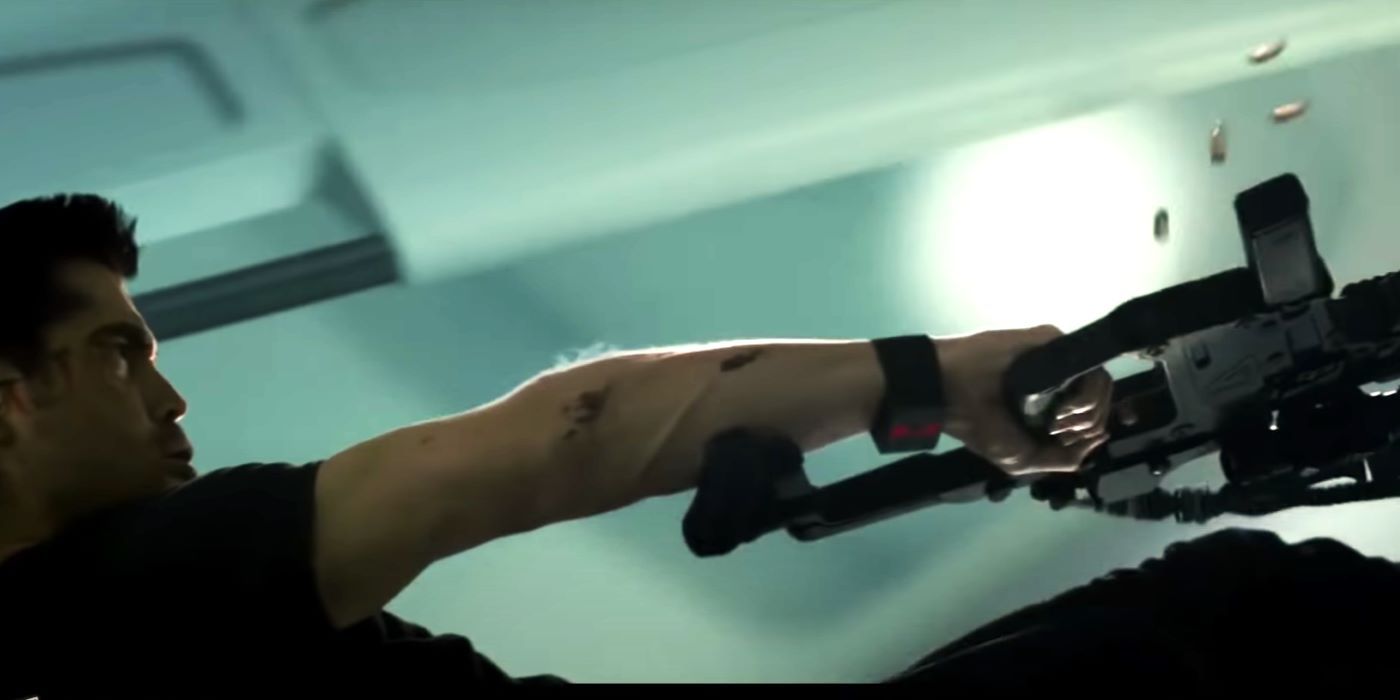
While gunfights aren’t the first thing most think of when it comes to astronauts and space, Total Recall is jam-packed with action that requires it. In a scene where Douglas Quaid shoots a firearm, he moves backwards. Rhodes explained that “unless you are shooting the gun from exactly your center of gravity, instead of just moving in one direction, you would start to spin.” So, while the scene showcases backward movement accurately as a result of the pressure released when firing, it doesn’t account for the physics of shooting at the level of gravity Douglas finds himself in.
6 Ad Astra (2019)
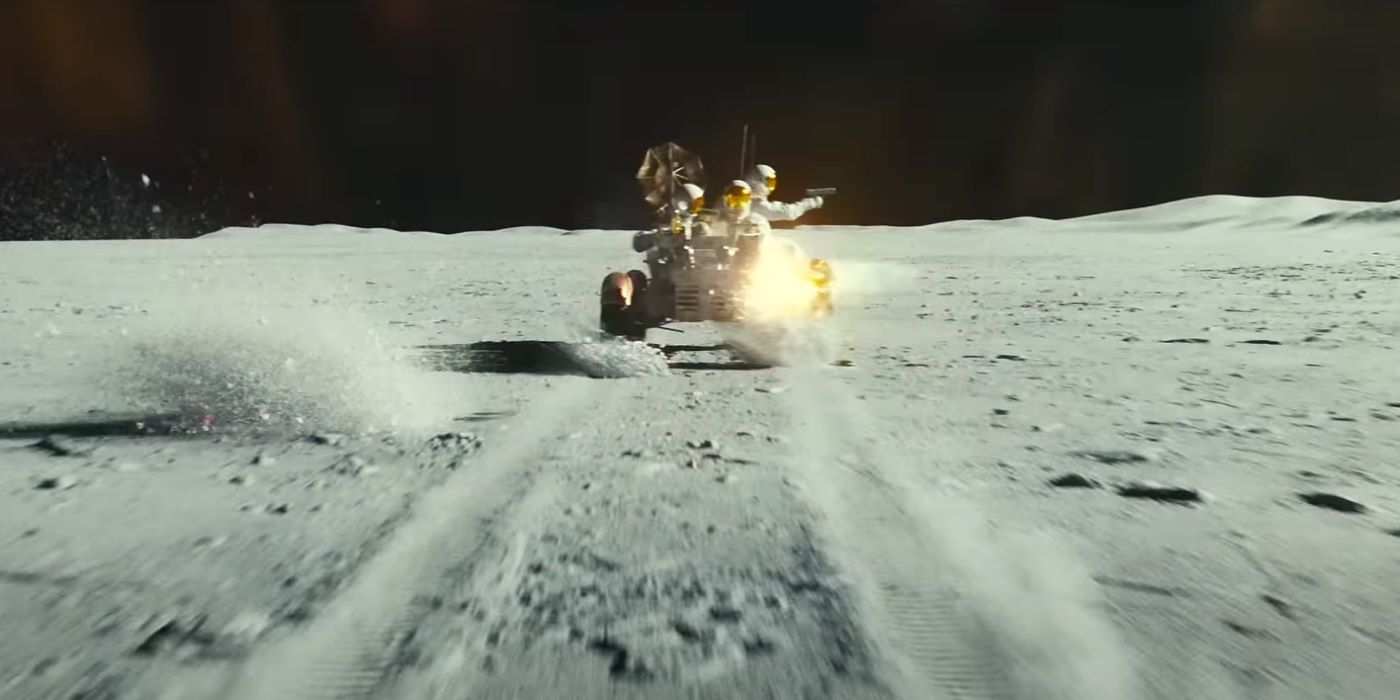
Although guns are not unheard of in space, especially in fiction, the way they function is different there. Hadfield told Vanity Fair, “Guns don’t need oxygen to work. It’s the exploding gas inside the confines of the rifle that make the projectile come out the end really fast.” Because there’s about one-sixth gravity on the moon, the bullet’s fall is slower than on Earth, so it takes longer to hit its target. “That means the bullet with the same speed horizontally would go further around the moon,” said Hadfield. During a shootout in the film, however, the speed of the bullets seems to match that of bullets fired on Earth.
The same chase scene’s shootout also uses diegetic sound to heighten the action, yet the lack of air on the moon makes it so that sound wouldn’t carry like that. Additionally, astrophysicist Adam Frank shared in an NBCNews piece that the film’s correlation between time, supposed low gravity, and space travel is incorrect, as Roy’s three-month journey to Neptune requires constant movement. He explained this as follows:
“To get to Neptune that fast, the ship’s engines would have to be running the whole time, meaning Pitt would experience “gravity” because the acceleration produced by his rocket motors (what’s called thrust) would push his back into his chair (or his feet onto the floor).”
5 Passengers (2016)
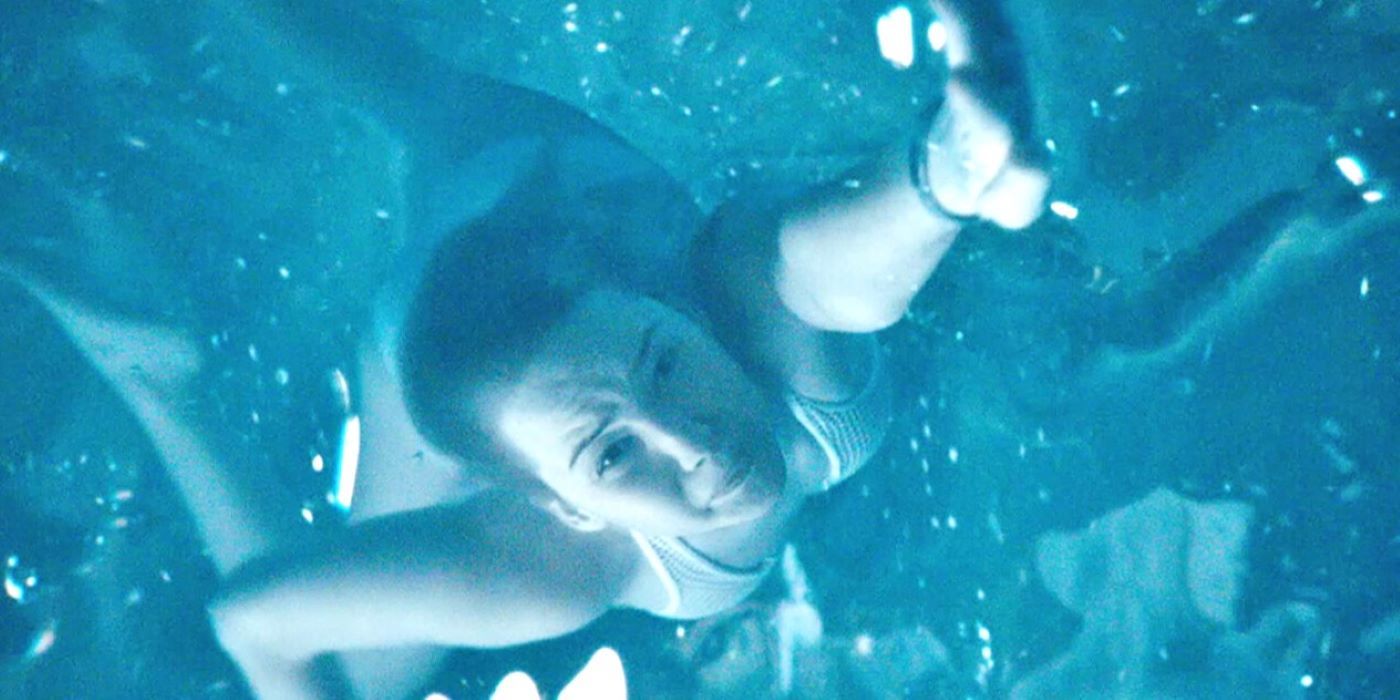
Hadfield discussed how, for the sake of compelling storytelling, Passengers is inaccurate in its portrayal of centrifugal force and gravity. “If you shut off the spinner [that simulates gravity for the spacecraft], it would continue to spin for quite a while,“ Hadfield said. That’s mostly because there’s “nothing to slow the spin down.” However, in Passengers, when the ship stops spinning instantly, everything starts floating due to zero gravity. Hadfield noted that to achieve this effect, the ship would actually need brakes of some sort.
Aurora swims when this happens, causing water to react to the lack of gravity. Hadfield went on to explain that water typically floats and naturally forms into a ball due to surface tension. While he applauded this aspect of the scene, he emphasized that the resolution is less likely. It would require a lot of force to get the ship spinning again in order to send the water back down once gravity was restored. However, in the movie, it’s instantaneous and used to create tension when Aurora is finally able to resurface and take a big breath.
4 Gravity (2013)
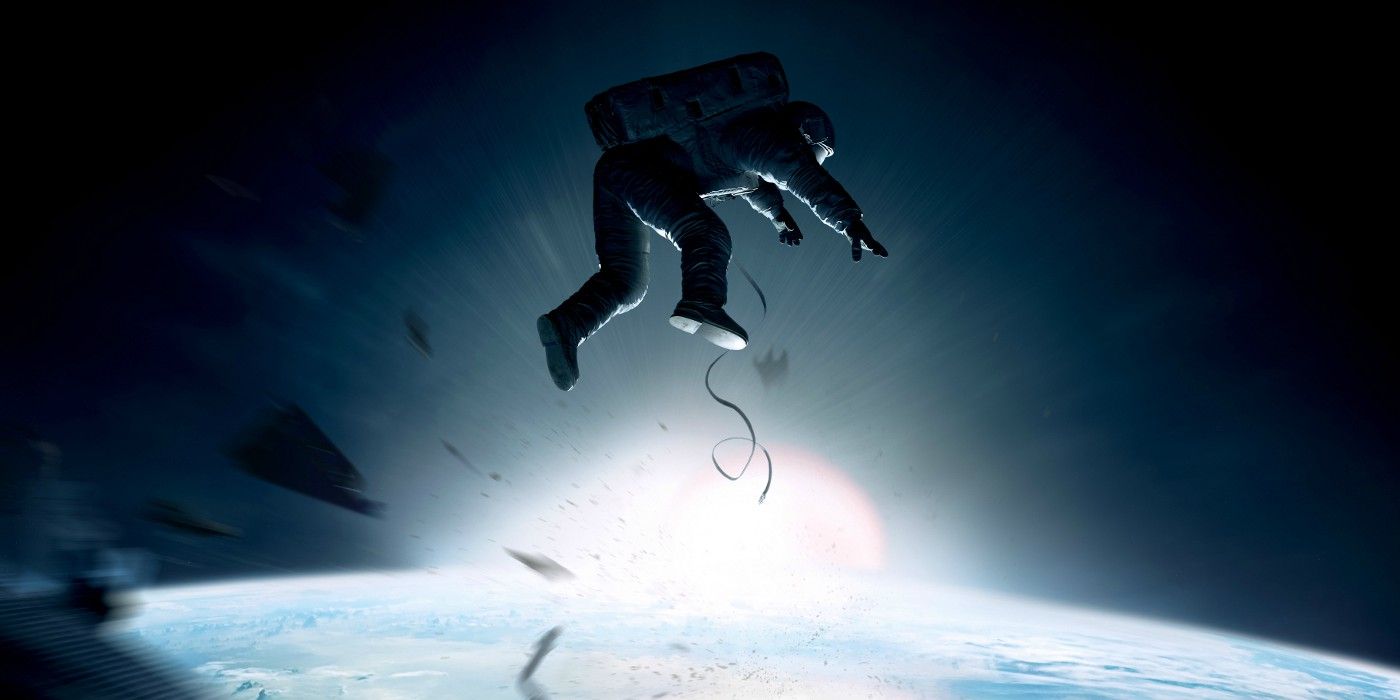
Rhodes and Kiessling agreed that there was little realism in Gravity in terms of science. For the movie to be accurate, Rhodes admitted that Sandra Bullock’s Ryan Stone “would’ve died in every scene.” Hadfield echoed that sentiment in the Vanity Fair video as he analyzed the scene where astronauts are caught in an asteroid debris field while repairing the Hubble telescope. He mentioned that the movie’s representation of astronauts is “so different from the people who are actually exploring space,” citing oddities like Matthew contacting Houston when Ryan is propelled into space, Ryan’s frantic uncertainty about what to do when there’s an issue, and their recreational trips outside their spacecraft.
3 Life (2017)
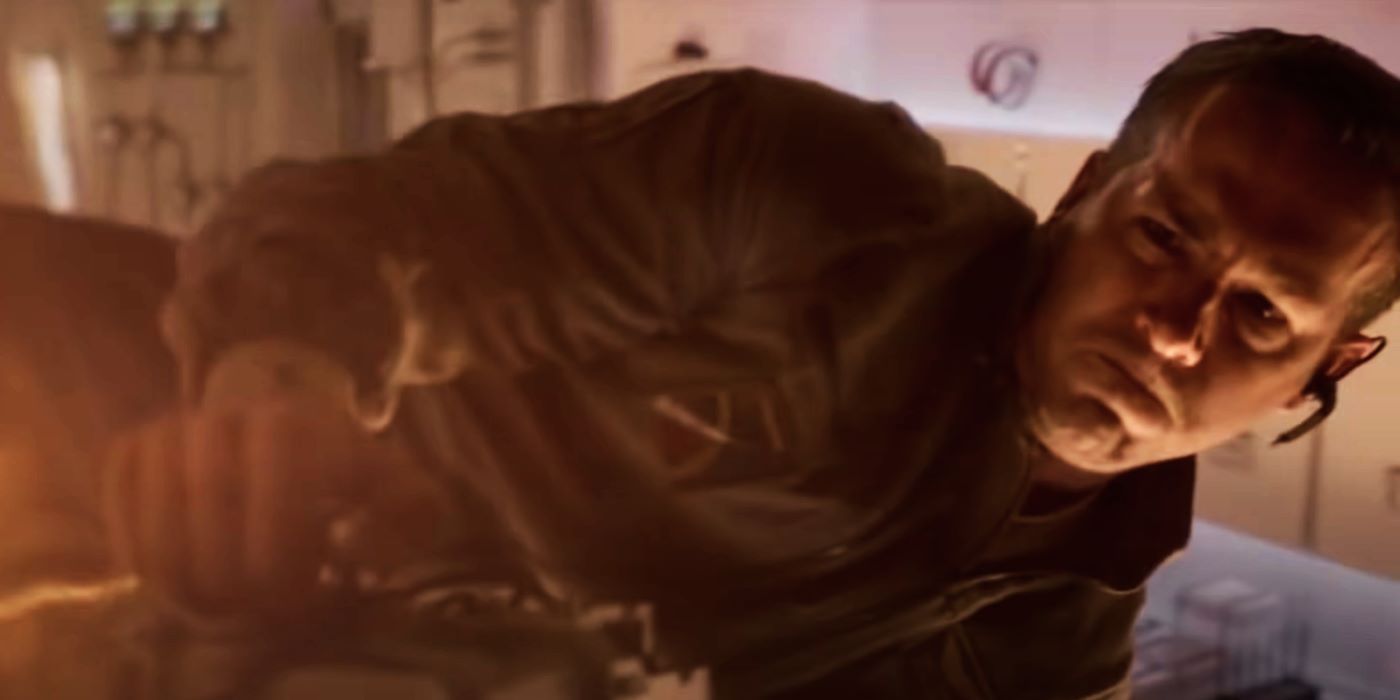
Hadfield criticized the premise of Life, calling it “farfetched” and expressing that, despite Ryan Reynolds’ consideration for weightlessness, there are numerous improbabilities. Hadfield said in the 2023 Vanity Fair video that one of three main crises on a spaceship or space station is a fire. So, when Reynolds’ character fills up the spaceship with fire and no alarms go off, it’s unrealistic. Additionally, the use of an oxygen candle, which has “a certain chemical in it that if you heat up one end, the chemical reaction releases great amounts of oxygen,” as a means to eradicate the alien on the ship is undermined by the destructive use of a flamethrower.
2 The Martian (2015)
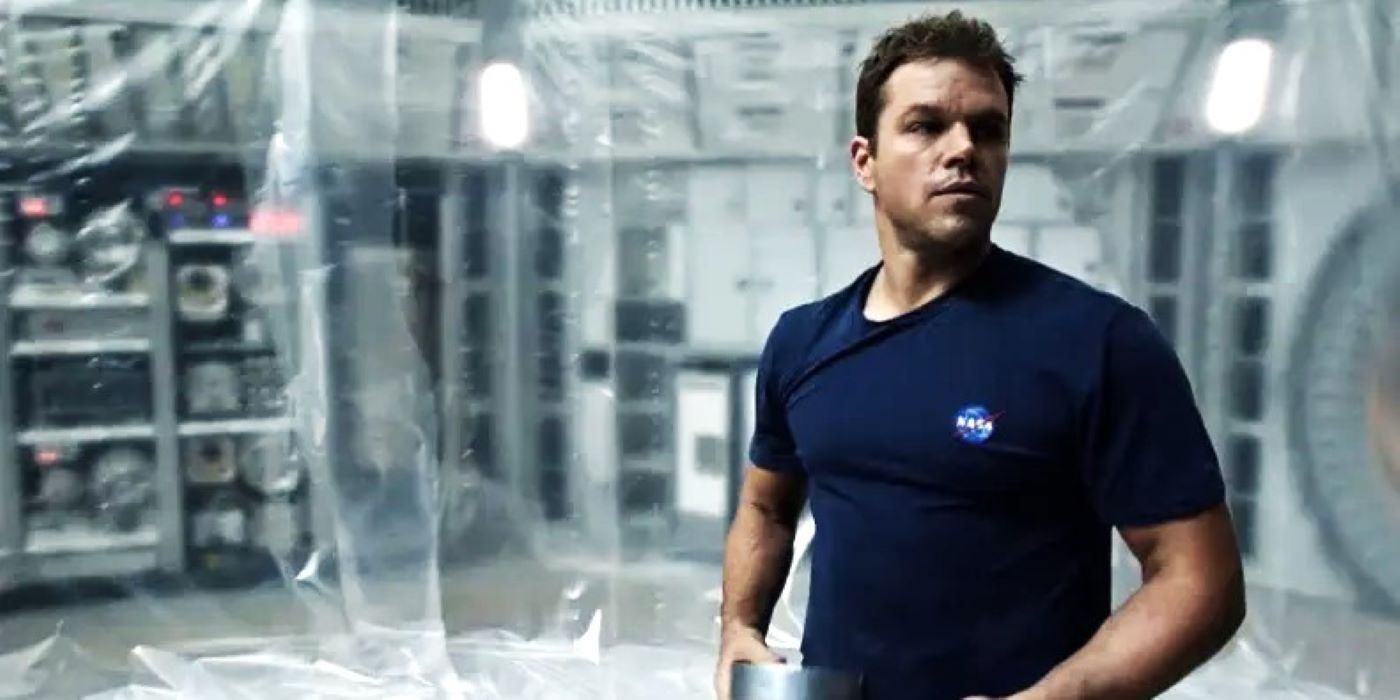
While The Martian may be scientifically accurate in some ways, such as Mark Watney’s resourcefulness with food, it does contain some dubious science. Hadfield explained that Mars’ atmosphere is extremely thin, which is “the worst part of the whole movie.” So, in the scene when Mark is tossed around due to a storm, it’s unlikely that the large debris pieces would be picked up, blown, or used to knock Mark over. Hadfield elaborated that, because of the thinner atmosphere, “there’d be so few air molecules going by, that you’d hardly even feel them.”
Moreover, the film’s mirroring of Earth’s gravity with Mars’ is also inaccurate. Hadfield shared that Mars’ gravity is 38% of Earth’s, meaning that “[Mark would] only weigh one third as much as he does on Earth.” This indicates that the solidity of Mark’s movements and his physique throughout his isolation on Mars are too far from what traversing and living on Mars is actually like.
1 First Man (2018)
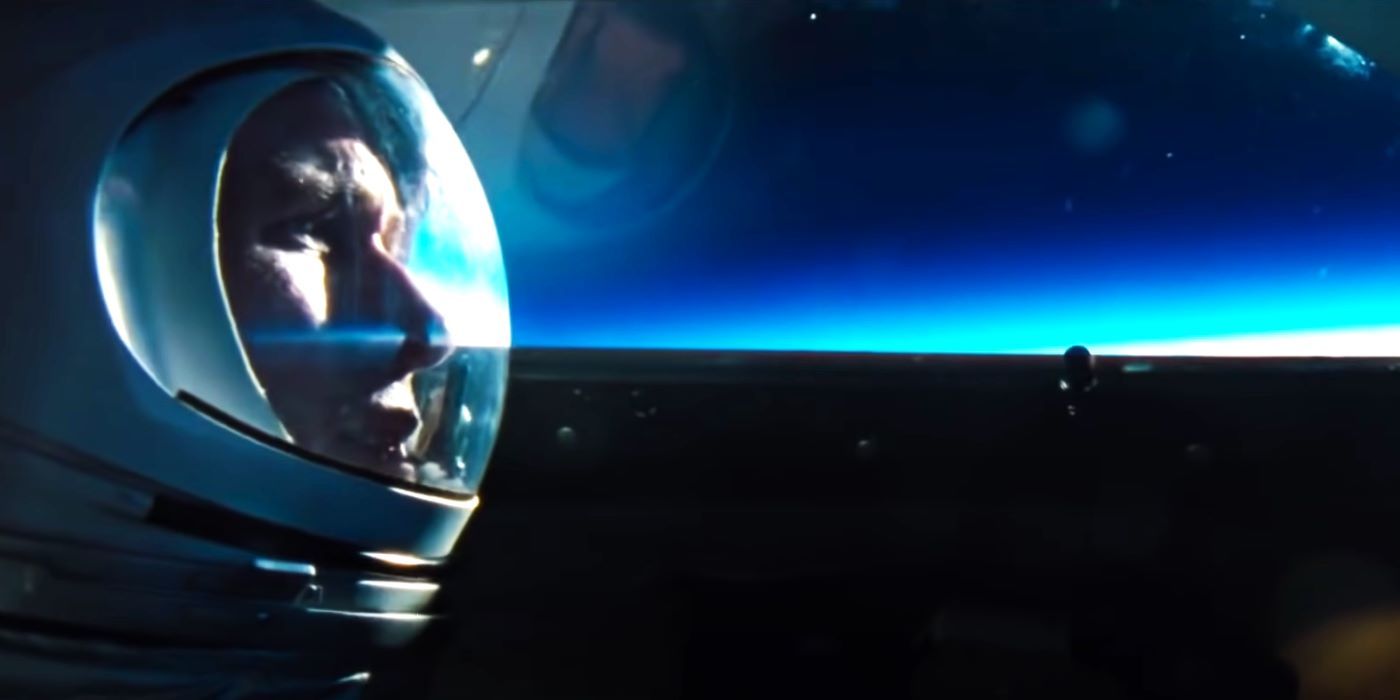
Hadfield pointed out some issues with First Man, which is a movie about real astronaut Neil Armstrong’s life. Like a few other entries on this list, First Man misuses sound in space. When Neil, played by Ryan Gosling, flies an X-15 aircraft in the opening scene, the sound is particularly inaccurate as Neil undergoes a test flight. Hadfield said, “It’s sort of like he’s in a pickup truck, driving across a field with this big whiny noise that tells you just how fast he’s going all the time.” He goes on to say this would not be heard in a cockpit and that the extreme vibration is exaggerated.
While space movies often take creative liberties, especially ones that lean more into science-fiction territory, the ones rooted in already-established science can sometimes be a bit too far off from reality. Whether it’s in favor of drama, visual scale, or action, it’s clear that space movies shouldn’t always be treated as the be-all and end-all of astronomy, astrophysics, or life in space. That said, slight deviations from scientific accuracy can still make for enjoyable viewing experiences.
